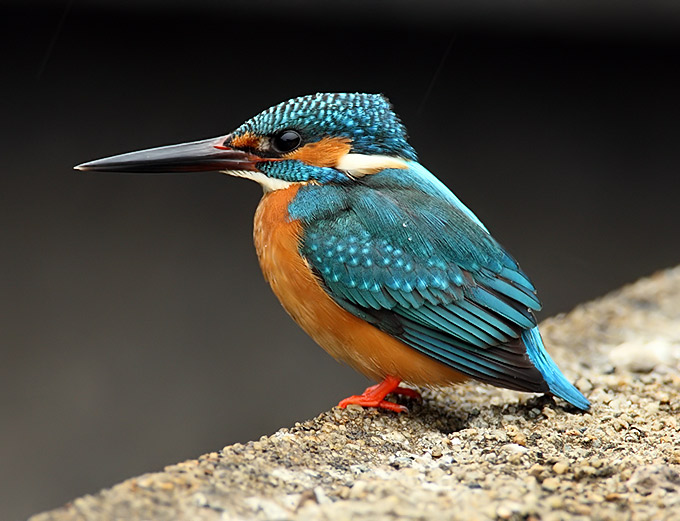Japanese bullet trains based on the streamlined beak of the kingfisher bird. Wind turbines inspired by the shape of humpback whales. Sealant for vascular surgery copying the features of worms glue. By way of copying the unique attributes of natural processes and the animal kingdom, humans have been able to come up with the most advanced solutions in science, tech, design and architecture. But what is biomimicry and how has it previously been applied to solve problems humans have been grappling with?
Biomimicry – sourcing inspiration from nature
Biomimicry refers to the art of copying nature and the innovations of the natural world that the natural world has inspired.
Why you might wonder, would one source ideas, inspiration and solutions in the natural environment?
Well, turning to nature means turning to 3.8 billion years of good ideas that allow us to see the very best of nature; the processes, mechanisms and systems that have survived over the years without having to go through all those years of evolution.
By imitating and copying the way nature does it, we're able to benefit by mirroring the plants, animals and other organisms that have already gone through the trial-and-error process and developed a successful solution. Animals, plants, bacteria and other organisms who have been around for billions of years wouldn't be here today if it their process and how they are built wouldn't be a winning concept.
Therefore, it makes sense to ask yourself "What would nature do here?"
As have been done in the following examples:
Examples of biomimicry
1. Kingfisher birds > Japanese bullet trains
The nose of the powerful Shinkansen Bullet train in Japan was designed to match the form of a Kingfisher's beak. By imitating the aerodynamic shape of the bird's beak, engineer Nakatsu succeeded in making the train, which connects Japan's two biggest cities, both faster and quieter.
Read the full story here.
 The special beak of the Kingfisher bird inspired the design of the Japanese bulle train. Photo cred: Preachrr
The special beak of the Kingfisher bird inspired the design of the Japanese bulle train. Photo cred: Preachrr
2. Humpback whales > wind turbines
Scientists were inspired by the look and the tubercles on the fins of humpback whales when designing wind turbines. By way of imitating the bumps, tubercles, on the fins of humpback whales that enables the animal to move easier and take sharp turns when capturing food, scientists realised that a similar design of a tubercle would prevent the air flow from separating and stalling.
With tubercles, engineers can design windmills that spin faster, and gather more energy – all through studying how humpback whales gather their food.
3. Coming: worms glue > sealant for vascular surgery
Having recently received approval for their their bio-inspired product, a sealant for vascular surgery based on the glue-like secretions on the Californian sandcastle worm, the French company Gecko Medical truly sources inspiration from nature.
Sealing internal wounds is rather tricky. Surgical glues often have problems staying in place as the body is in constant motion. To solve this problem, Gecko Medical turned to the animal kingdom and especially the marine Californian sandcastle worm to copy an adhesive secretion that has been perfected through millions of years to dry quickly and work in wet environments without struggles. In other words: the perfect design for surgical glue.
Read more about the product here.
 Glue inspired by worm glue – the end of stitches? Photo cred: labiotech.
Glue inspired by worm glue – the end of stitches? Photo cred: labiotech.
Nature never goes out of style
The art of copying nature has proven a successful method in finding a solution to human problems, especially when it comes to sourcing durable solutions within science, tech and architecture. The best aspects of biomimicry lies in its capability of allowing for sustainable solutions, as nature's systems often are lean, green and generate zero-waste, which could help organisations to create a circular economy .
Is it possible that the intersection between biology and tech, design and science is a way to become more sustainable?

